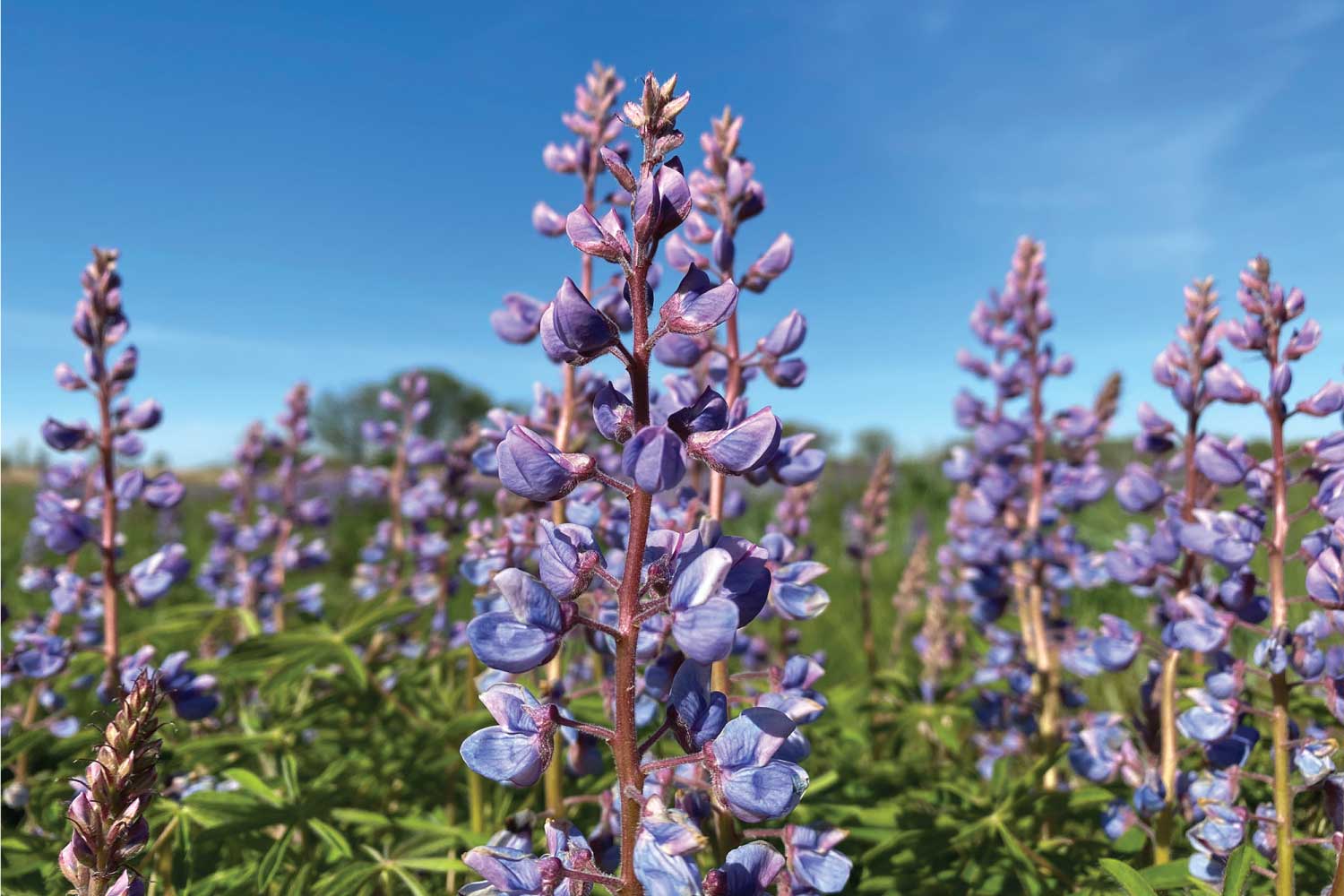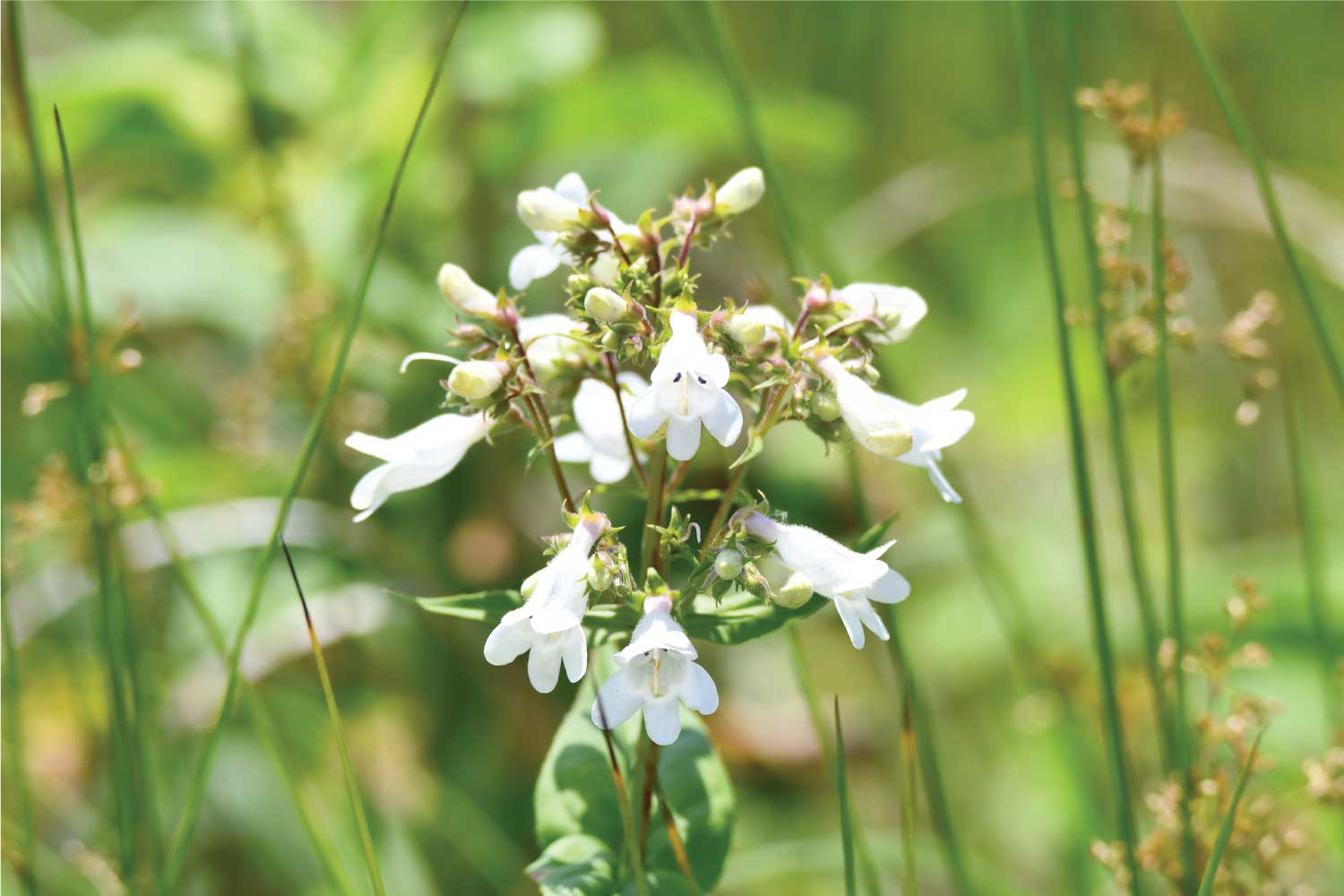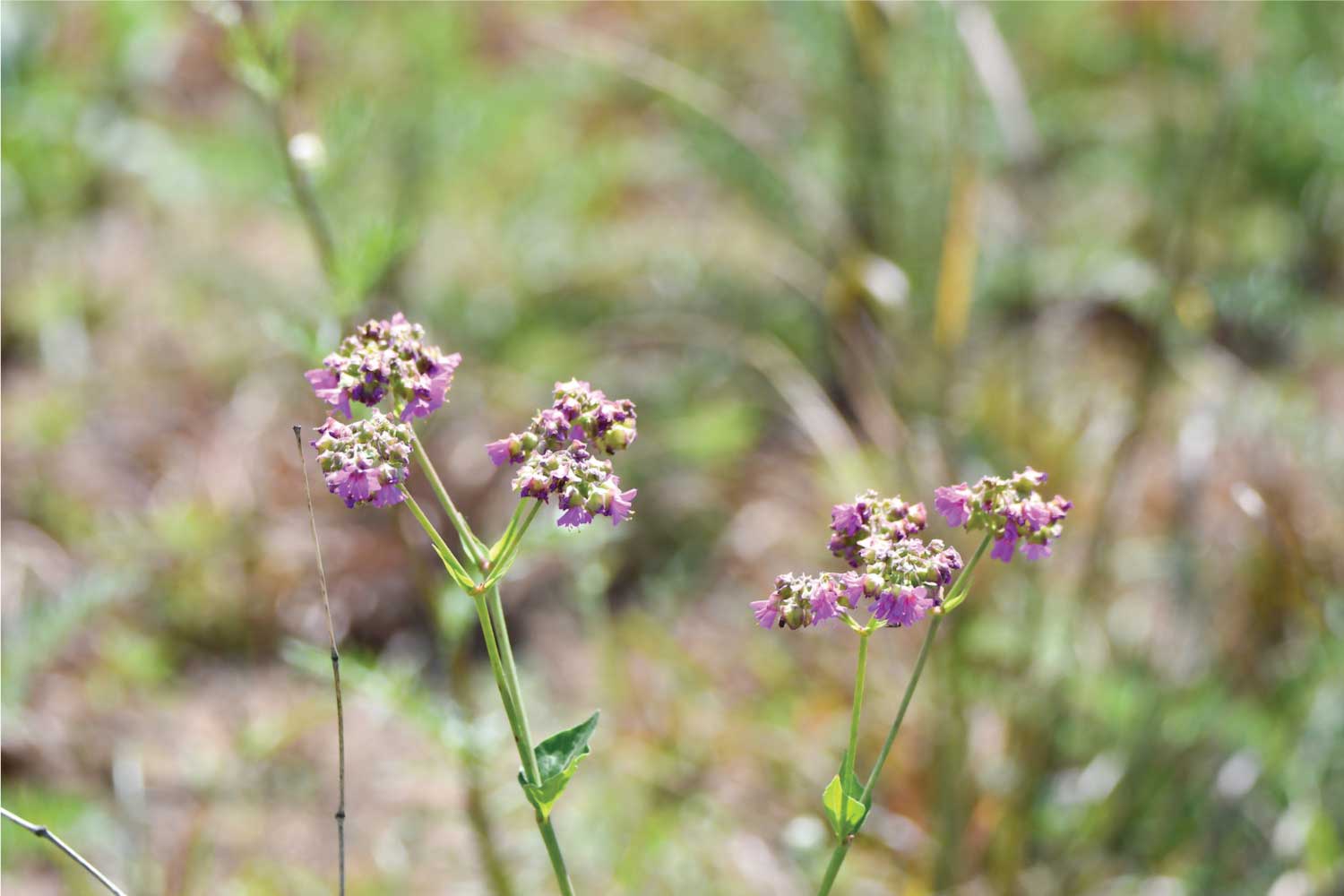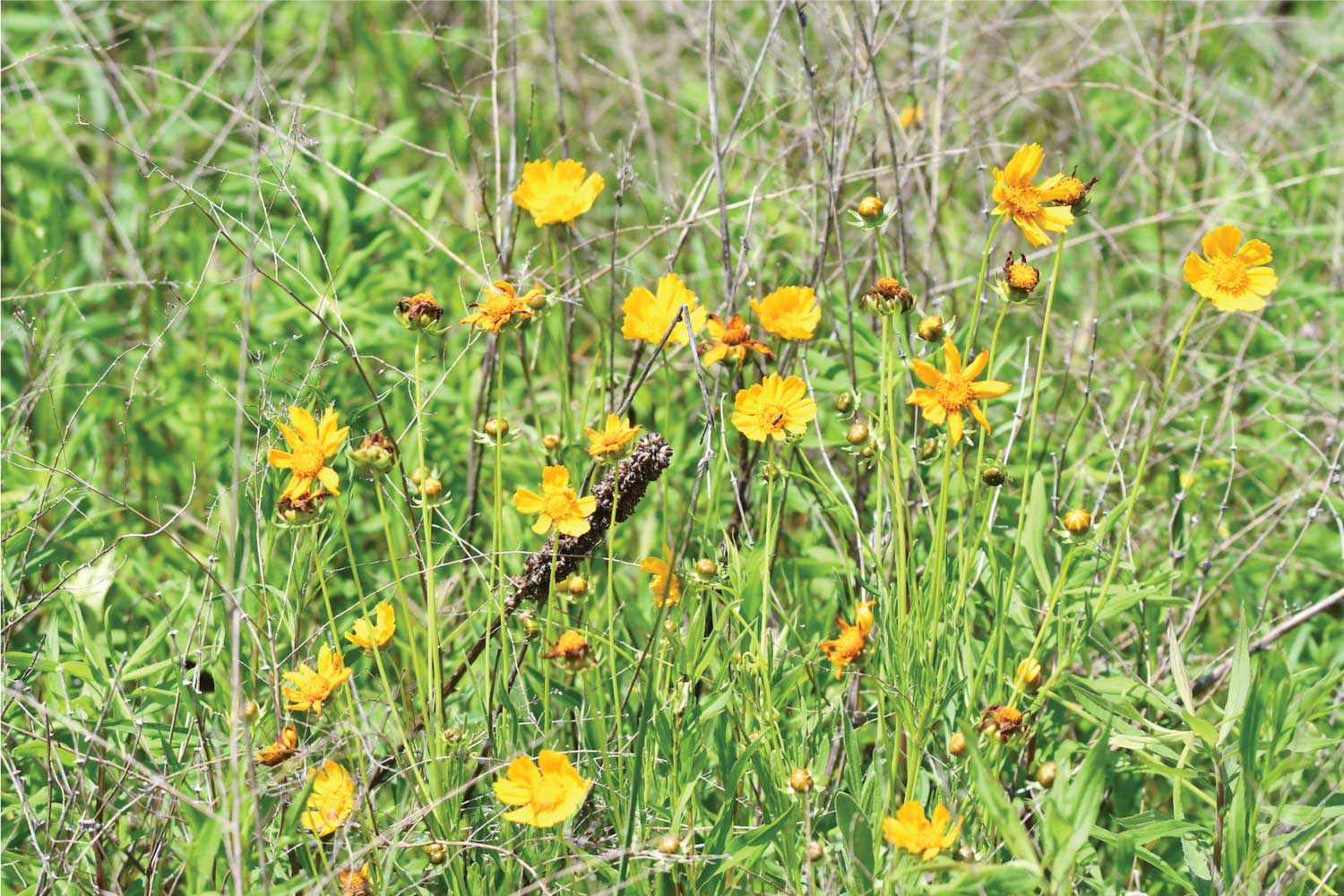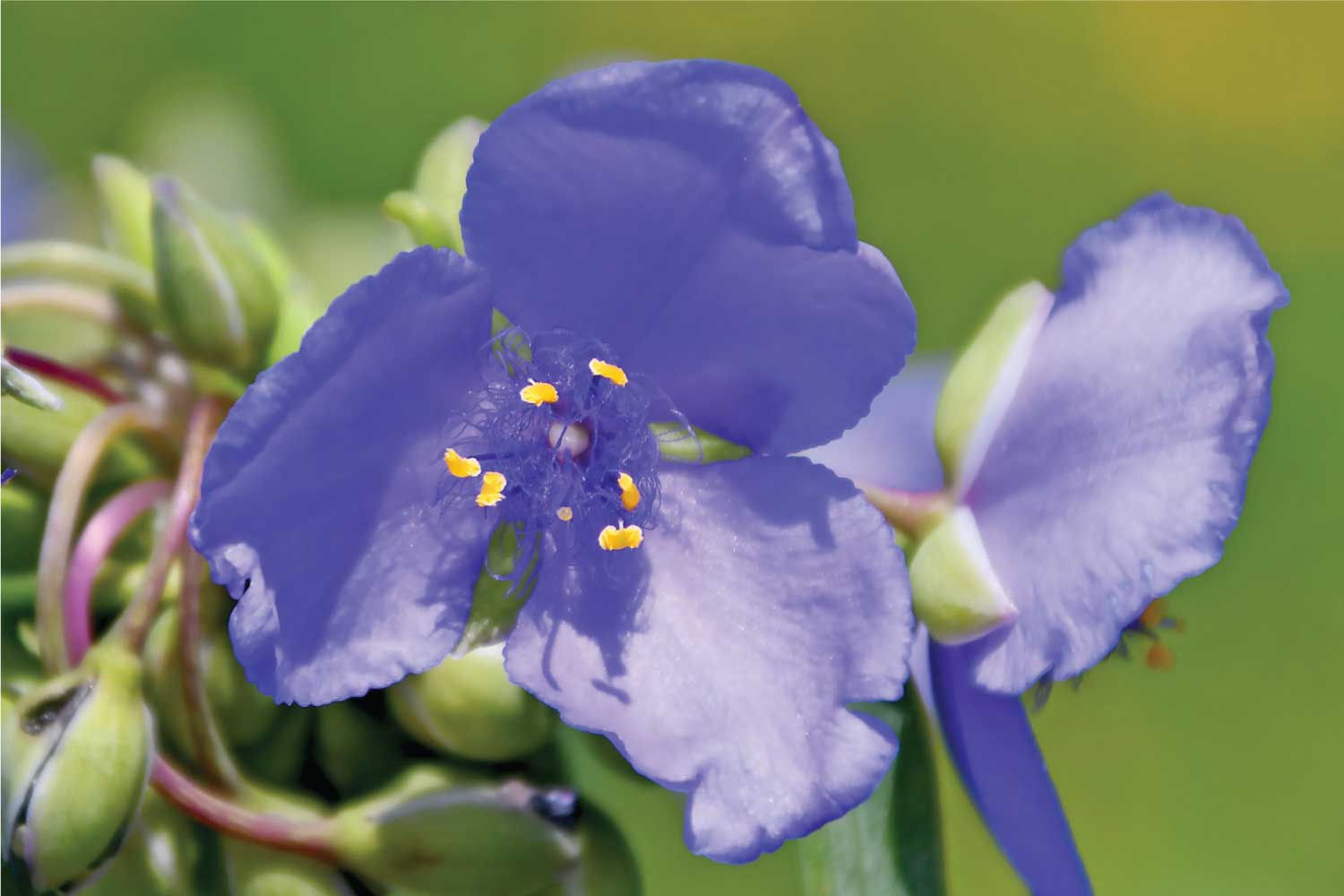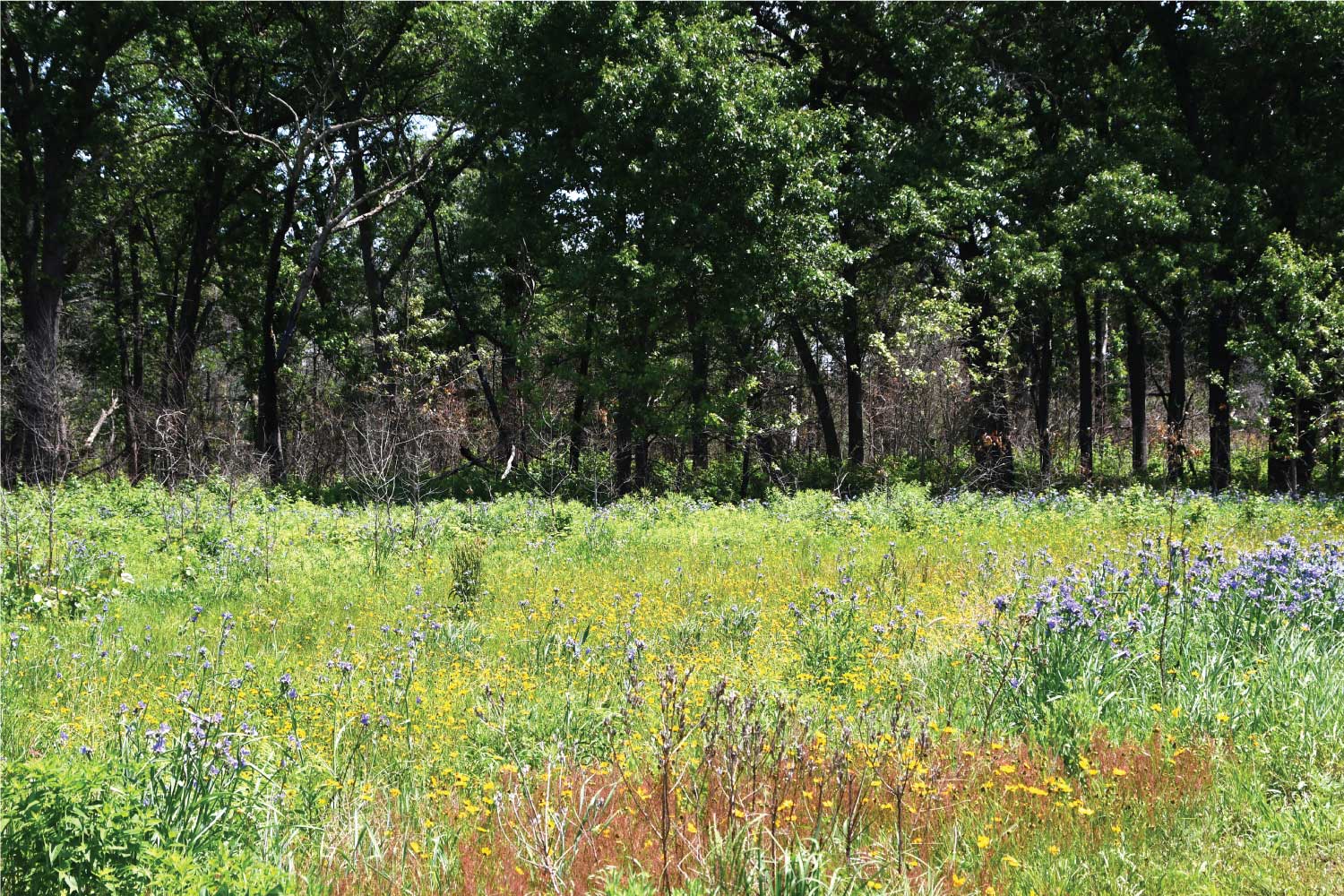Preserves We Love: Kankakee Sands, for its parallels to parenthood
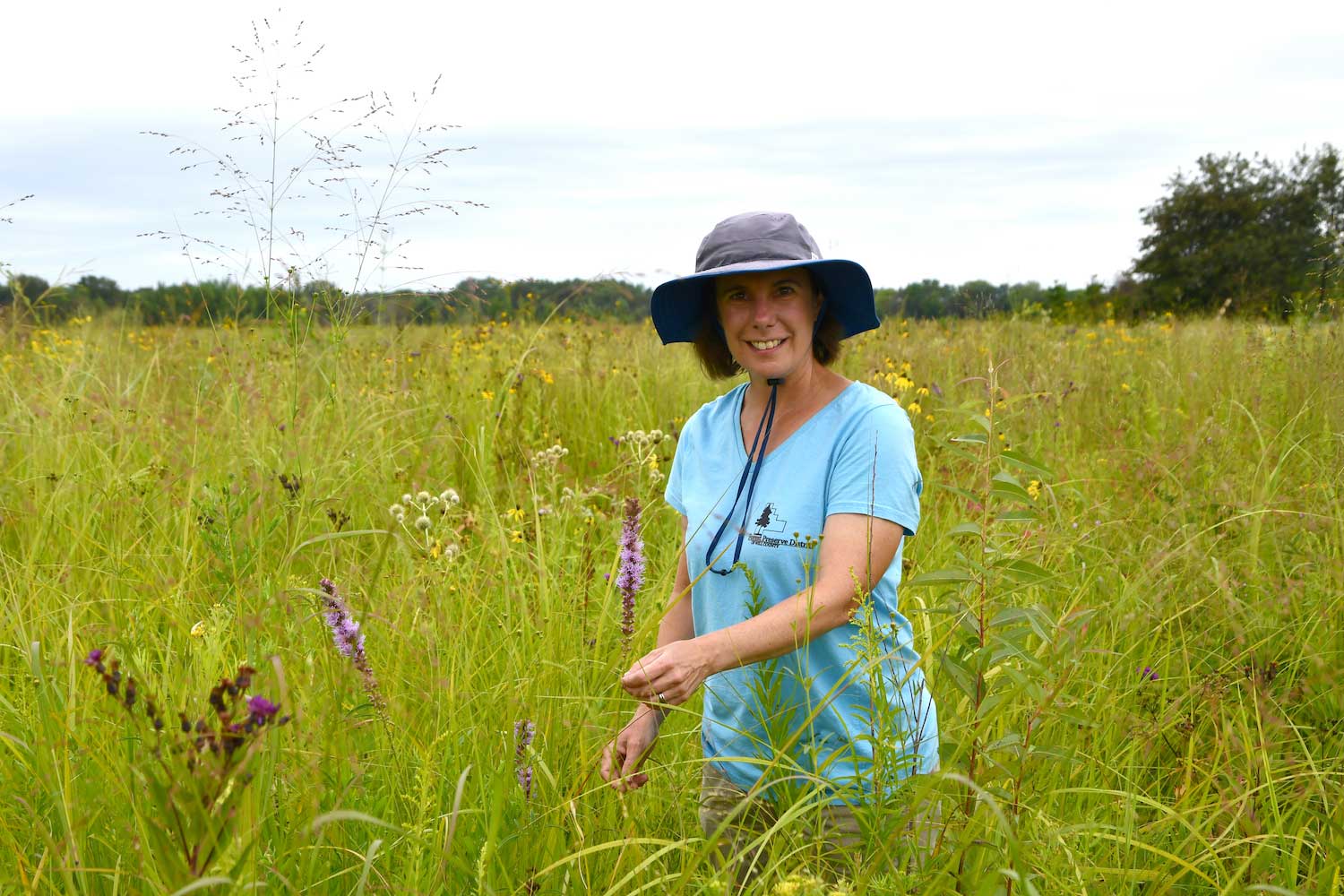
About this series: The Will County forest preserves mean many things to many people, including Forest Preserve District staff. Some of us enjoy the peace and tranquility of a particular preserve, while others among us enjoy the bustling feel of some of our more well-traveled trails. For some, the work we've done in the preserves is meaningful and fulfilling. "Preserves We Love" allows Forest Preserve staff to expound on their favorite preserve and why it's special to them. In this edition, restoration program coordinator Juli Mason tells us why she loves Kankakee Sands Preserve.
As the restoration program coordinator, one of my jobs is to restore our agricultural fields to native habitats like prairies and wetlands. It’s incredibly rewarding work. Often I start with a blank farm field, where there’s nothing but bare dirt after the crops have been harvested. It’s fulfilling to transform it into native habitats that are bustling and vibrant, with a rainbow array of native plants, insects, birds and wildlife.
My favorite restoration so far is at Kankakee Sands Preserve, located off Route 113 between Braidwood and Wilmington. More than 10 years ago, we started restoring 416 acres of crop fields within the 555-acre preserve. We restored one farm field per year until we recently restored the final field.
I became a parent just before I started the restorations at Kankakee Sands Preserve. For me, there have been many parallels between guiding and shaping the prairie restorations and the journey of parenting a child. Although the prairie restorations have all been done at the same preserve and in a similar manner, they are all unique. The seed mixes were similar, but they varied based on what seeds were available in a particular year. Each one progressed at a slightly different rate and with different challenges and surprises, just like how each child is unique.
Despite their unique qualities, the restorations all go through similar stages. The birth of the restoration, when it gets its initial seeding, is perhaps the most important day. I have learned that all the details of the initial seeding are incredibly important to do well. The species mix, the seed quantities, and the timing, method, and coverage of seeding – every aspect is important. Giving a restoration a good initial seeding is like giving a baby a good start to life.
After that, restorations in the early years are like the toddler period – messy and rambunctious. There’s lots of horseweed, foxtail and other weeds, with just occasional smatterings of native plant seedlings. Like with a toddler, I need to pay attention to the restorations more during this period. I need to make sure the native plantings match the wetness of each area and quickly correct any mismatches. I need to make sure we nip any invasive species in the bud before they get a foothold. I need to make sure that the natives are establishing throughout. We need to do prescribed burns. Like a toddler’s mother, I worry about whether the restorations are progressing well enough.
Once the native plants are establishing well, the restorations usually just need basic management like prescribed burning and invasive species treatments. Like school-age children, they still need care, but they increasingly grow and develop uniquely on their own.
One of the restorations at Kankakee Sands is like a precocious preteen. When I was doing my annual assessment this summer, I was surprised to see that Indian paintbrush, a rare plant, had popped up across large swathes of the restoration. We had planted a little bit of its seed in the initial seeding many years ago, but this was the first year that species had expressed. It is in good company – the restoration is a riot of different colors of native plants blooming. Every time I visit, the dazzling array of species blooming is different. Now, the vivid purples of marsh blazing star and tick trefoils contrast against the yellow blooms of downy sunflower, tall coreopsis, partridge peas, and brown-eyed Susans and the whites of mountain mint and rattlesnake master. The restoration is abuzz with native bees, and lots of butterflies and other insects can find plenty to eat amongst the kaleidoscope of different kinds of native plants. All the insects and plants provide plenty of food for birds, bats, turtles and other wildlife.
When I’m surrounded by the incredible energy of the summer prairie, bursting with color and filled with the hum of all kinds of insects, I remember how much it has changed since it was a blank field of bare dirt after its last crop harvest. Like being a parent, it’s been a privilege to witness the transformation and help guide and shape the progress of these restorations.
As I walk through the restorations at Kankakee Sands, some of them are still in the messy toddler years and some have natives establishing well like school-aged children becoming more developed and independent. Others are like teenagers with existential angst about being prairies, and they need help addressing the woodies that threaten to turn them into shrublands. For me, it is incredibly fulfilling to help shape their progress as they develop into diverse, beautiful, thriving natural areas.
If you haven’t been to Kankakee Sands Preserve, I highly recommend visiting, walking its trails and exploring the restored prairies and wetlands for yourself!
